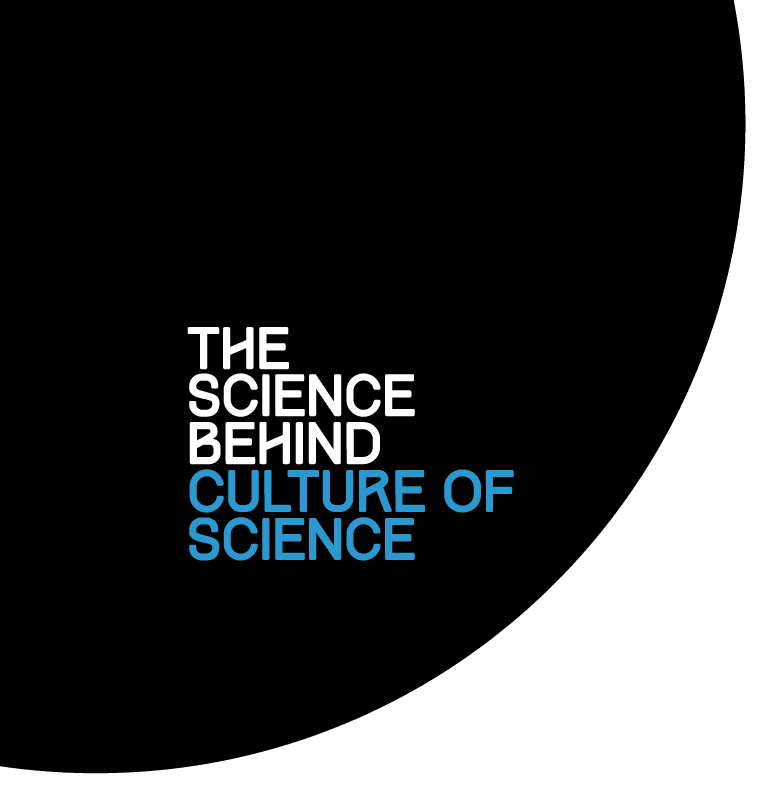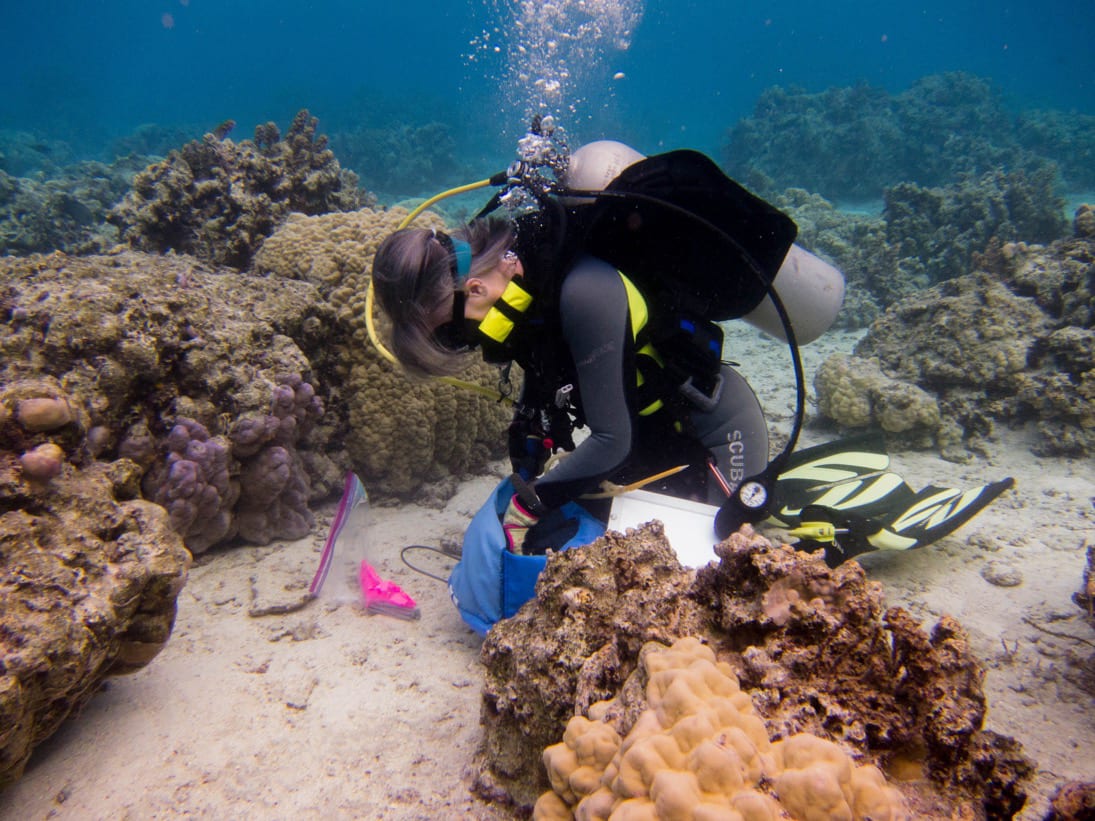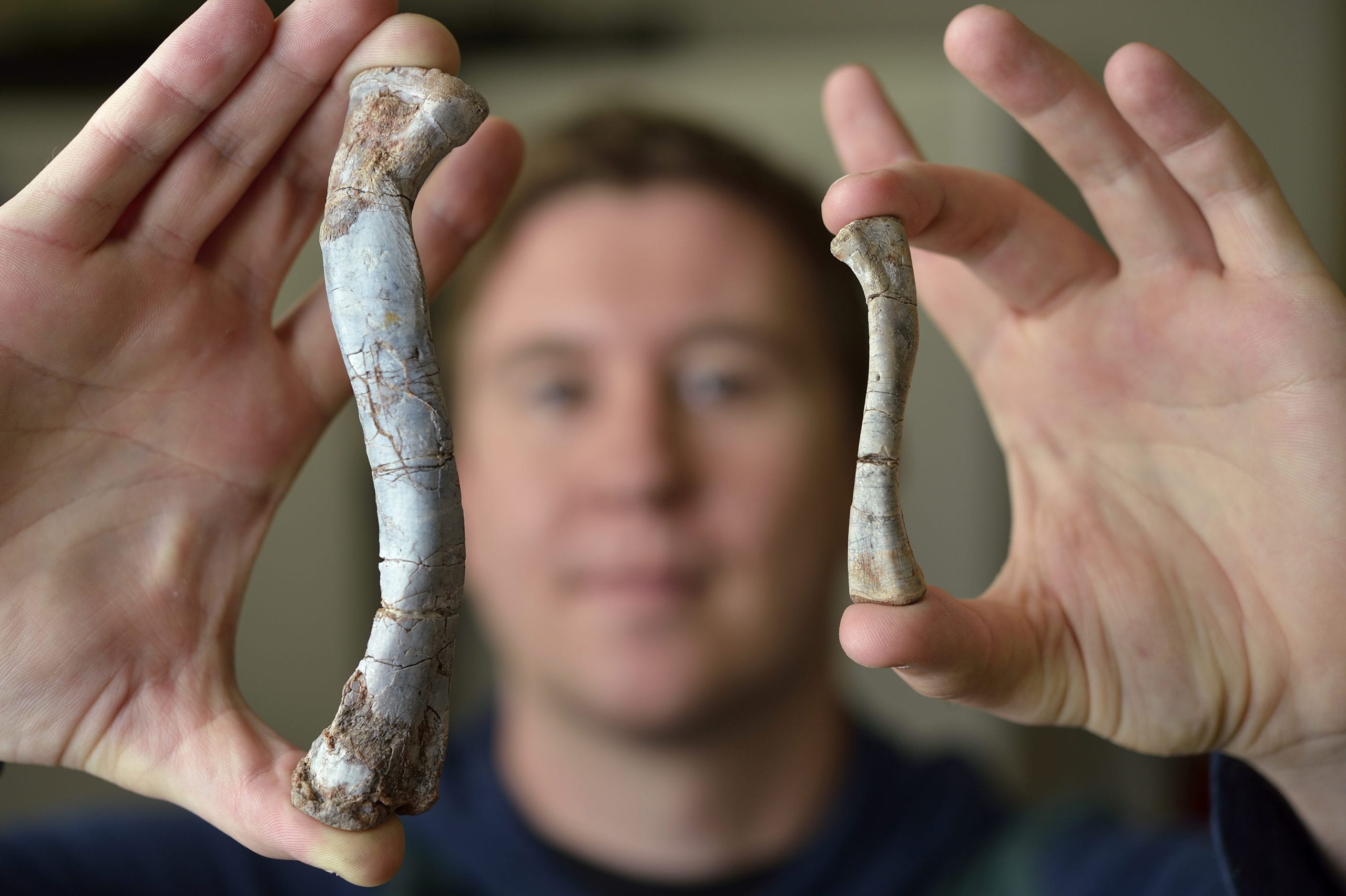No. Sometimes the opposite is true. Non-replicability leads to deeper understanding and new discoveries because it highlights aspects of a scientific question that were previously overlooked. In other cases, non-replicability points to problems in the design, conduct, or communication of a study that can hamper the progress of science.
For example, several years ago two separate labs used what they thought was the same protocol in a study of breast tissue, but they got different results. Baffled, researchers from each lab conducted the experiment side by side and discovered that in the course of the experiment, one lab was stirring the cells gently while the other lab was shaking them vigorously. Both methods are commonplace, so neither thought to mention it when describing the mixing process used. However, they discovered that the mixing method affects the outcome of the experiment. Clarifying the mixing method became a way to avoid problems replicating results.














